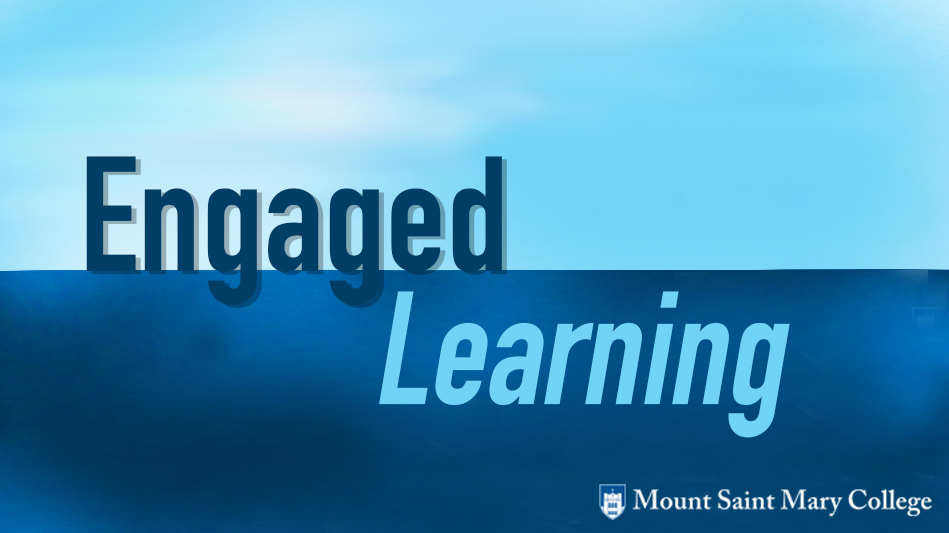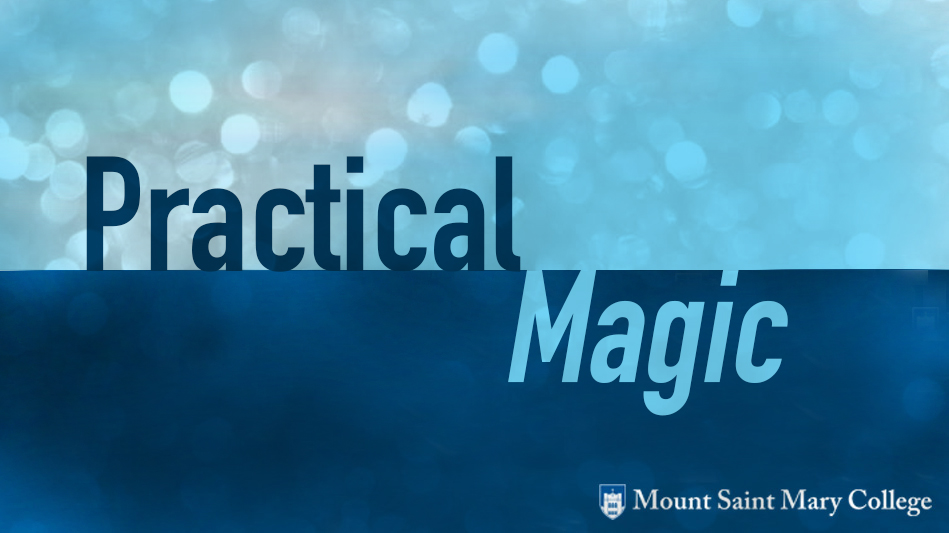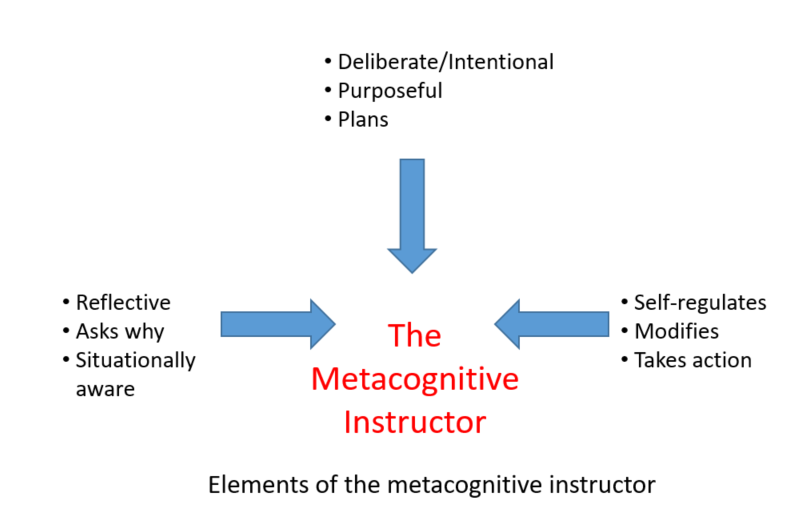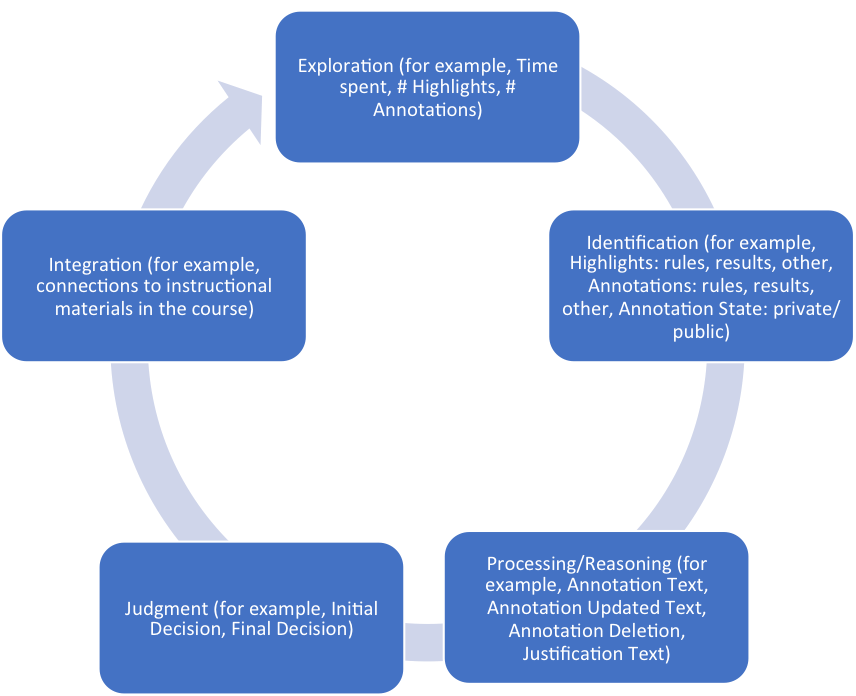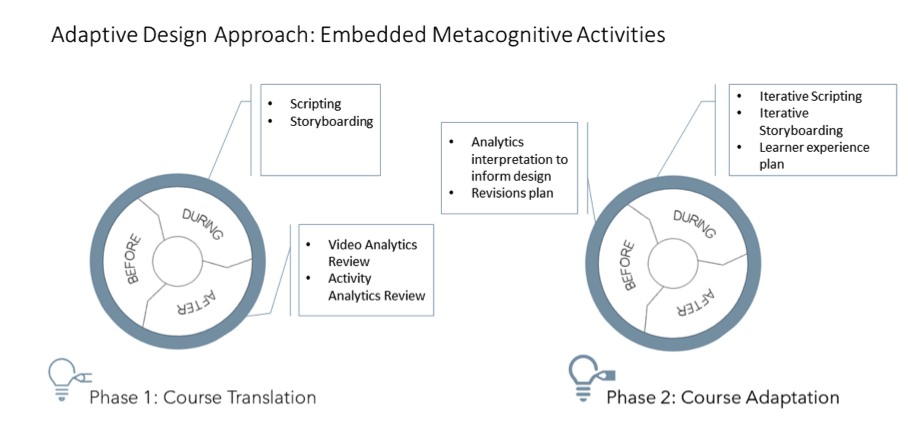By Charity S. Peak, Ph.D., U. S. Air Force Academy
Recent studies have sparked a national conversation about the lack of accountability for student learning in higher education. Our Underachieving Colleges (Bok, 2006) and Academically Adrift (Arum & Roksa, 2011) are just two examples of scathing reviews of how colleges are falling short. Increasingly, colleges and universities are being asked to demonstrate their value, particularly during a recession.
The core reason for not achieving greater success is a lack of focus on student learning. Despite all that we know today, institutions continue to concentrate on belongingness, construction, and the almighty research dollar rather than on whether students are graduating with substantial learning gains. Additionally, most faculty believe they are supporting student learning. They can even recite many of the basic learning principles that are foundational to teaching, such as the value of relevance. However, many faculty are unsure about how to apply these principles to their own classes. Like our students, they need sufficient practice and feedback in order to be able to create well-designed courses that improve student learning.
One way to attack this issue is to provide opportunities for metacognition about course design, not merely lesson planning. If metacognition includes thinking about how one performs a skill (Schraw, 1998), then awareness and knowledge about how to design a course are critical for enhancing student learning. Are there clearly articulated learning goals for the course? Do the assessments align with those learning goals? What learning experiences will support student success on those assessments by providing ample practice and feedback?
Jones, Noyd, and Sagendorf (2014) propose institutional course design retreats as a method for creating metacognition about student learning. Through a series of steps and collaboration with peers, faculty might simply set out to design their courses, but often become transformed by the experience. For many years, the authors have facilitated this six-step process for course design, but it is now available for others to use in Building a Pathway for Student Learning: A How-To Guide to Course Design. The book offers a research-based course design process that can be applied to all disciplines and a variety of settings. Step-by-step, faculty walk through designing a course using a series of self-paced workboxes:
- Student Learning Factors – How do your students’ characteristics impact their learning?
- Learning Goals – What do you want students to know and be able to do as a result of taking your course?
- Assessment – How will you know the extent to which students accomplished your learning goals?
- Proficiencies – What knowledge, skills, and attitudes will students need to accomplish the learning goals?
- Learning Experiences – Which learning experiences (outside and inside class time) support the development of proficiencies and accomplishment of your goals?
- Feedback & Improvement – How will students receive useful feedback on their work so they can make the necessary adjustments to accomplish your goals?
The culmination of work is a one-page flow chart of the course – a map to student learning. This flow chart offers a metacognitive pathway through the course for students as well as faculty teaching the course. As with all learning, and perhaps most importantly, faculty gain a new awareness of who should be at the center of their course – the learner! Through metacognition about student learning, faculty are able to intentionally design college experiences that matter rather than passive lectures or fun-but-tangential activities that do not achieve the learning gains we most need in higher education.
Without appropriate support and metacognition, faculty will continue to design courses focused on content rather than learning. While the approach that Jones, Noyd and Sagendorf (2014) use seemingly addresses an instructor’s main goal in preparation of a new semester – finishing the syllabus – faculty become transformed by how to operationalize a learning-centered philosophy, which they will carry with them into all of their lessons. Through a process of metacognition about student learning, faculty begin to experience the paradigm shift about which Barr and Tagg (1995) dreamed twenty years ago.
References:
Arum, R., & Roksa, J. (2011). Academically adrift: Limited learning on college campuses. Chicago, IL: University of Chicago Press.
Barr, R. B., & Tagg, J. (Nov-Dec 1995). From teaching to learning: A new paradigm for undergraduate education. Change, 27(6), 12-26.
Bok, D. (2006). Our underachieving colleges: A candid look at how much students learn and why they should be learning more. Princeton, NJ: Princeton University Press.
Jones, S. K., Noyd, R. K., & Sagendorf, K. S. (2014). Building a pathway to student learning: A how-to guide to course design. Sterling, VA: Stylus.
Schraw, G. (1998). Promoting general metacognitive awareness. Instructional Science, 26, 113-125.
